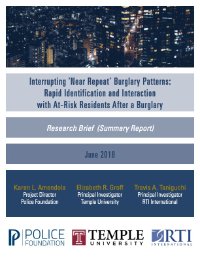By Joshua J. Skoczylis
This book explores the successes and failures of the Prevent strategy, which was developed by the UK Government to help stop people becoming terrorists or supporting terrorism. It provides a holistic overview of the policy's formation, delivery, and impact on Muslim communities. Based on interviews with former Ministers, senior policy makers, frontline professionals and community focus groups, Joshua Skoczylis also analyses the various impacts of policy and organizational tensions. These include the ambiguous scope of Prevent, the idea of community cohesion, and funding and evaluation issues.
The Local Prevention of Terrorism highlights the difficulties in applying terrorism prevention policies and the limitations of their impact. It shows that strategies such as Prevent may have particularly negative effects on Muslim communities, undermining their trust and perceptions of legitimacy. In its use of a large body of primary data and up-to-date analysis, the book will be of great interest to policymakers as well as scholars studying terrorism and security.
Houndmills, Basingstoke, Hampshire, UK; New York: Palgrave Macmillan, 2015. 312p.





















